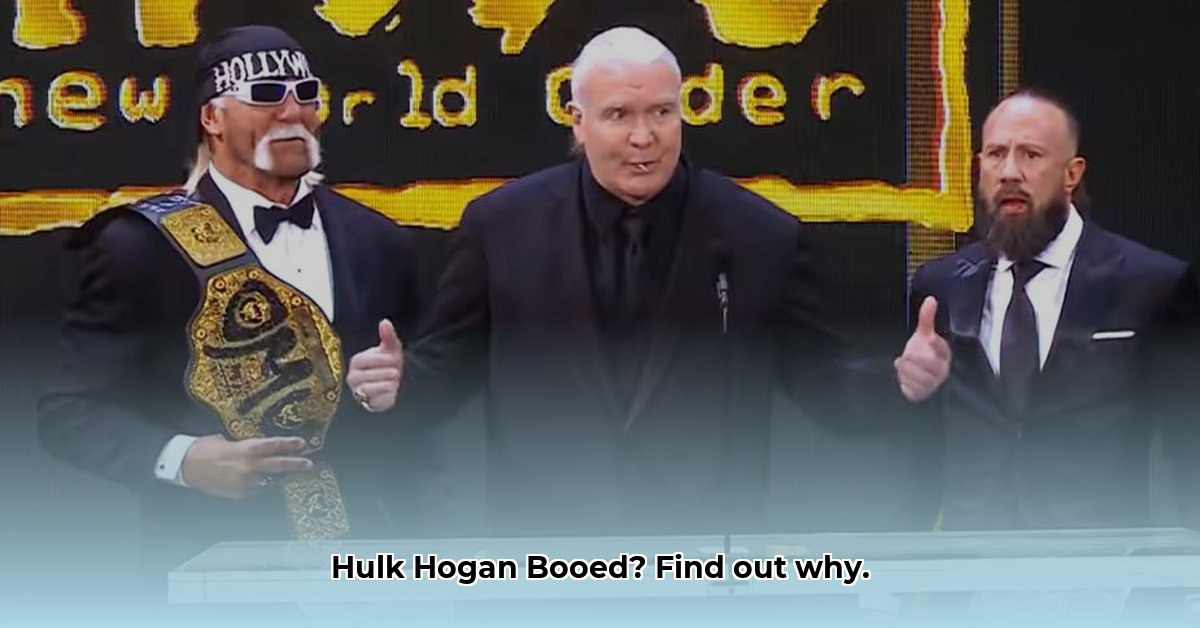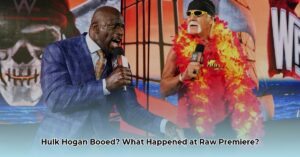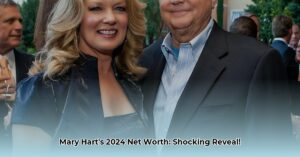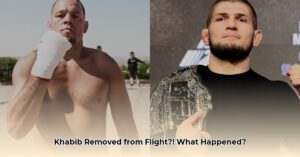The Hulkster’s Frigid Return
Hulk Hogan’s return to WWE Raw on January 6, 2025, at the Intuit Dome in Los Angeles, aired live on Netflix, was met with a resounding chorus of boos, a stark contrast to the “Hulkamania” cheers that once defined his career. While ostensibly there to promote his “Real American Beer,” which had become an official WWE sponsor, the negative reaction suggests deeper reasons for the audience’s disdain. This incident raises questions about the lasting impact of past actions, the intersection of politics and entertainment, and the evolving relationship between celebrities and their fans.
More Than Just a Beer: Unpacking the Boos
To understand the frosty reception, it’s crucial to examine Hogan’s controversial past. The 2015 leaked audio scandal, containing racist remarks, significantly damaged his public image and led to his temporary removal from the WWE Hall of Fame. While WWE eventually reinstated him, the incident clearly remains a point of contention for many fans. His vocal support for Donald Trump, a divisive figure, likely further alienated a portion of the Los Angeles audience, known for its generally liberal leanings. It’s probable that for some, the beer promotion simply amplified existing negative sentiment, serving as a focal point for expressing disapproval.
A Generational Divide? Examining Fan Reactions
While some initially speculated about a generational divide in the reaction, with older fans potentially more forgiving due to nostalgia for “Hulkamania,” the widespread nature of the boos suggests a broader disapproval. It’s possible that younger fans, more attuned to social justice issues, were less tolerant of Hogan’s past transgressions. However, the intensity of the reaction suggests that disapproval transcended age demographics. It’s more likely that individual motivations for booing varied, with some focusing on the racist remarks, others on the political stance, and still others on the perceived crass commercialism of the beer promotion. Further research into audience demographics and motivations would be valuable in understanding the nuances of the reaction.
Hogan’s Performance and the Awkward Atmosphere
Hogan’s performance itself may have exacerbated the situation. His attempts to engage the audience, calling them his “best tag team partner,” fell flat amidst the relentless boos. The awkwardness of the situation was palpable, adding another layer to the already charged atmosphere. This raises questions about WWE’s decision to feature him so prominently despite the potential for backlash. Did they underestimate the lingering resentment? Or was the controversy, perhaps, seen as a way to generate buzz, even if negative?
The Aftermath: Navigating a Tarnished Legacy
The incident highlights the enduring power of public opinion and the difficulty of rehabilitating a tarnished image, especially in the age of social media. While some might argue that Hogan deserves a second chance, the reaction at the Intuit Dome demonstrates the long road to redemption. This raises important questions: How can public figures effectively address past mistakes? What role does political affiliation play in our perception of celebrities? And how does nostalgia intersect with accountability in shaping fan reactions? The Hulk Hogan incident provides a compelling case study for exploring these complex issues.
The Future of Hogan and WWE: Unanswered Questions
Where does this leave Hulk Hogan and his relationship with the WWE? It’s uncertain. The incident undoubtedly raises questions about his future role within the company. Will WWE continue to feature him prominently, risking further backlash? Or will they scale back his appearances? Only time will tell how this incident will ultimately shape Hogan’s legacy and influence his future within the world of professional wrestling. It also underscores the need for WWE to carefully consider the potential consequences of featuring controversial figures, particularly in a rapidly changing social landscape.







